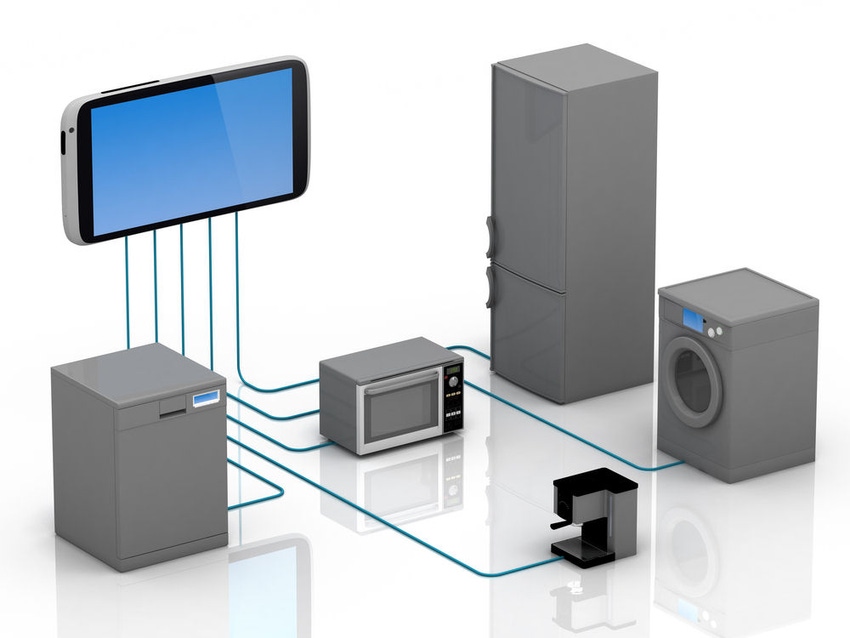Beecham Research slams ‘pie in the sky’ predictions for IoT
The Internet of Things is being so over hyped that the distortions could actually be damaging, one of its pioneers has warned.
November 6, 2015

The Internet of Things is being so over hyped that the distortions could actually be damaging, one of its pioneers has warned.
Beecham Research CEO Robin Duke-Woolley has spoken out against the unrealistic market projections that will create false expectations and result in a stakeholder backlash. Market cheer-leaders, who compete to make the most fantastic predictions for the size of the IoT, came in for particular criticism as these “false promises” are “potentially damaging” said Duke-Wooley.
Industry forecasts for the IoT, which predict that vendors will make trillions of dollars by meeting demand for 50 billion IoT devices by 2020, are sheer ‘pie in the sky’, according to the analyst and consulting firm. For the market to meet expectations, 10% of the US’s 18 trillion dollar GDP would have to be spent on IoT, Duke-Woolley pointed out. He described the projections as “unrealistic and unhelpful”. “Even if the demand was there, there is not nearly enough resource available to install and implement them,” said Duke-Woolley.
The 50 billion device market projections are wrong because they are based on unsound logic, according to Beacham Research. The assumption that this volume of demand will come from connected devices in homes and workplaces, for heating, air-conditioning systems and security, is unsupported by evidence. The sale of connected alarms, fridges, freezers, washing machines and office equipment is not sustainable and manufacturers should not build these expectations into their plans, according to Beecham Research. The researcher said the benefits and monetisation of these devices are still not clear, according to its customer feedback. “Some households may have a dozen connected devices but there is no evidence of connected devices in the home taking off in a big way,” said Duke-Woolley
Growth in IoT will come in more mundane areas like low power, low data rate, long range network technologies. Low Power Wide Area Networks (LPWANs), for example, will deliver up to 5 million connections by the end of 2015, but that is because it works with existing or near future technology derived from 4G technology. “This will provide the real growth momentum for low data rate applications,” Duke-Woolley.
About the Author(s)
You May Also Like








.png?width=300&auto=webp&quality=80&disable=upscale)


_1.jpg?width=300&auto=webp&quality=80&disable=upscale)


.png?width=800&auto=webp&quality=80&disable=upscale)